Search
Did you mean: Satyr?
Remove Ads
Advertisement
Summary 
Loading AI-generated summary based on World History Encyclopedia articles ...
Search Results
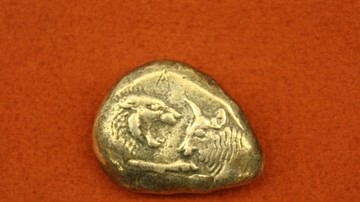
Article
The Importance of the Lydian Stater as the World's First Coin
The Lydian Stater was the official coin of the Lydian Empire, introduced before the kingdom fell to the Persian Empire. The earliest staters are believed to date to around the second half of the 7th century BCE, during the reign of King Alyattes...
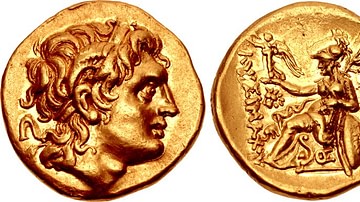
Image
Stater of Ptolemy Keraunos
A gold stater minted by King Ptolemy Keraunos of Macedon (r. 281 - 279 BCE). The coin was minted c. 280 - 279 BCE in Lysimachia, Thrace. It is a rare minting from Ptolemy Keraunos' brief reign as King of Macedon, and even briefer period of...
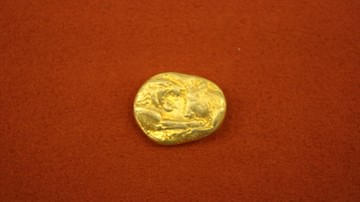
Image
Lydian Gold Stater
Gold stater from Lydia, reign of Croesus, 560-546 BCE. O: Lion and ox. R: Two incuse squares.
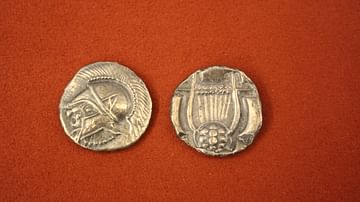
Image
Calymna Silver Stater
Silver stater from Calymna, Caria, 600-550 BCE. O: Male head in crested helmet. R: Lyre in incuse square.
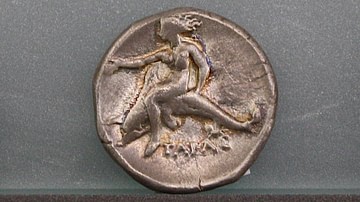
Image
Silver Stater of Tarentum
Silver stater coin of Tarentum (modern Taranto), a Greek colony in southern Italy founded by Sparta. Taras riding a dolphin. 5th century BCE. (Archaeological Museum of Altamura, Italy)
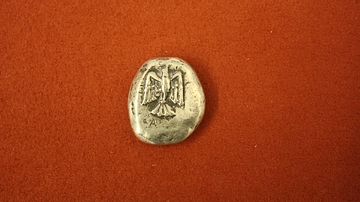
Image
Siphnos Silver Stater
Silver stater from Siphnos, Cyclades, 540-500 BCE. O: Eagle. (R: incuse square).

Image
Stymphalos Silver Stater
Silver stater from Stymphalos, Arcadia, 360-350 BCE. O: Head of Artemis Stymphalia. R: Hercules with club.

Image
Lydia Electrum Stater
Electrum coin depicting an uncertain king of Lydia, early 6th century BCE.
Obverse: Head of a roaring lion with multiple rays of the sun on its forehead.
Reverse: Double incuse punch.

Image
Lydian Silver Stater
Lydian silver stater from the reign of Croesus, 560-546 BCE. O: Foreparts of a lion and ox. (R: Two incuse squares).
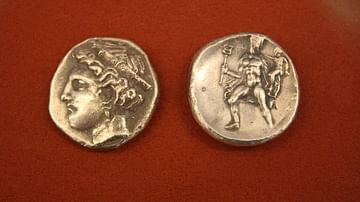
Image
Pheneos Silver Stater
Silver stater from Pheneos, Arcadia, c. 350 BCE. O: Head of Demeter. R: Hermes with caduceus and the infant Arcas.